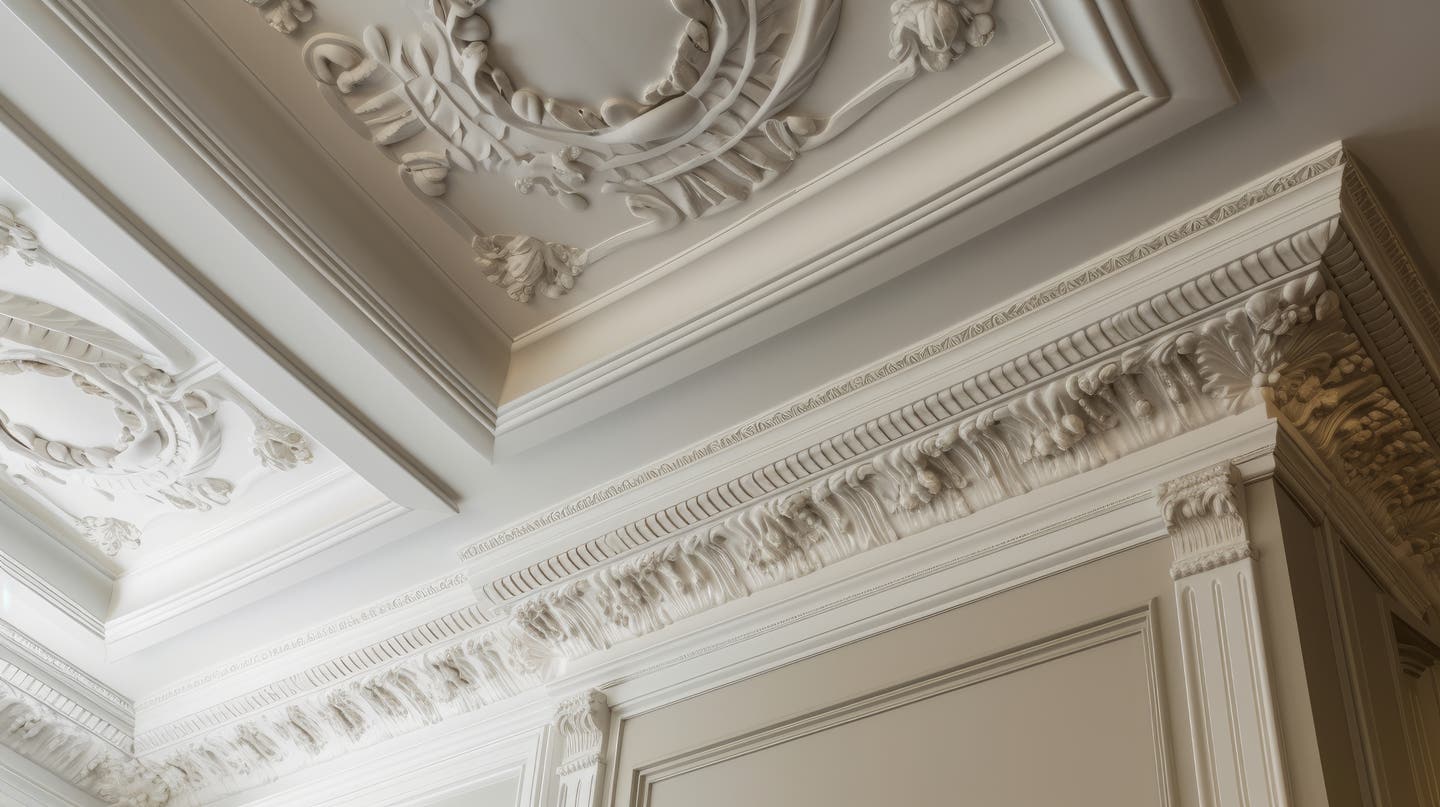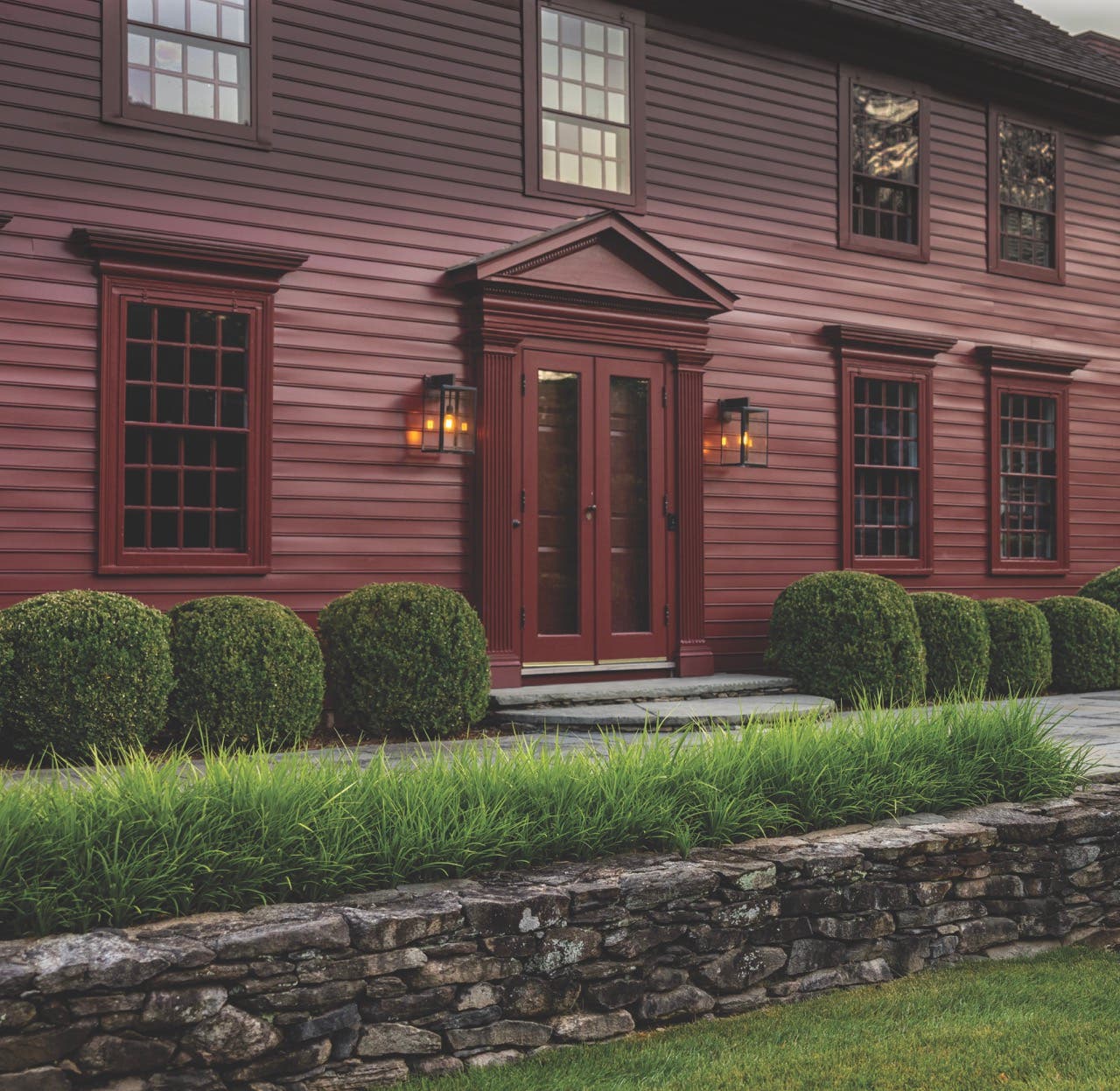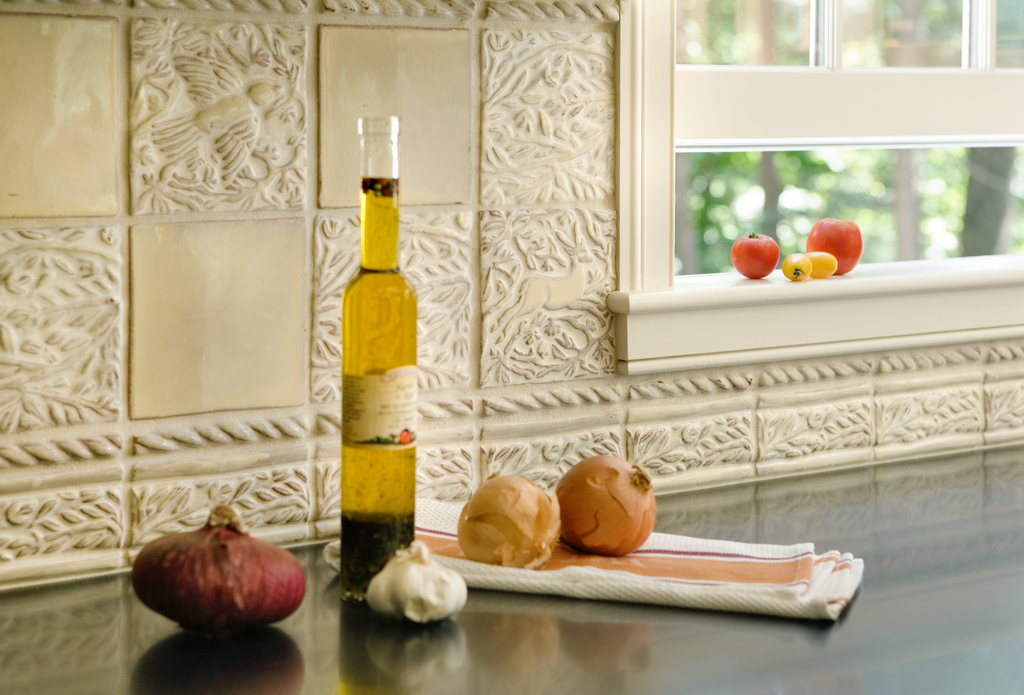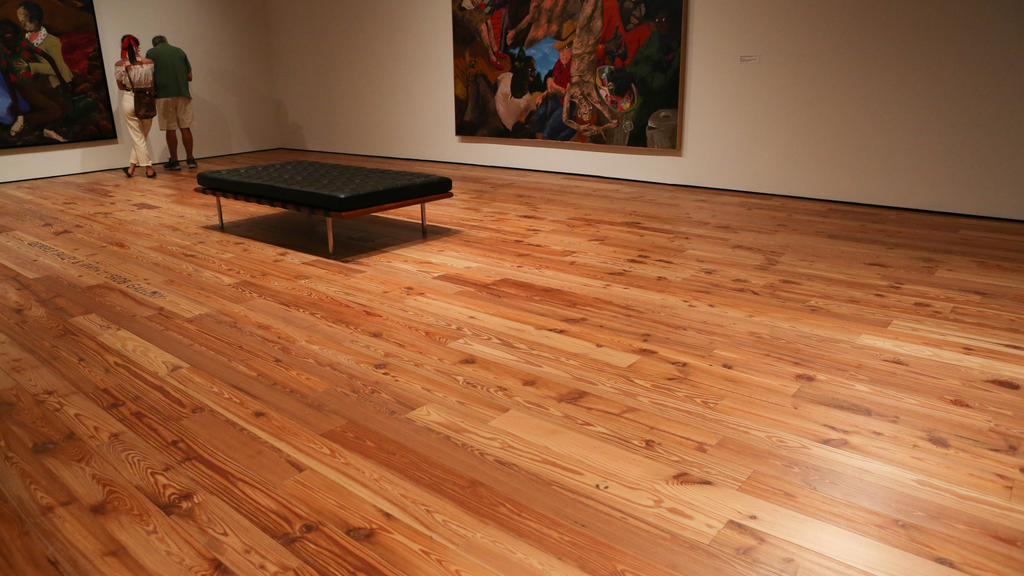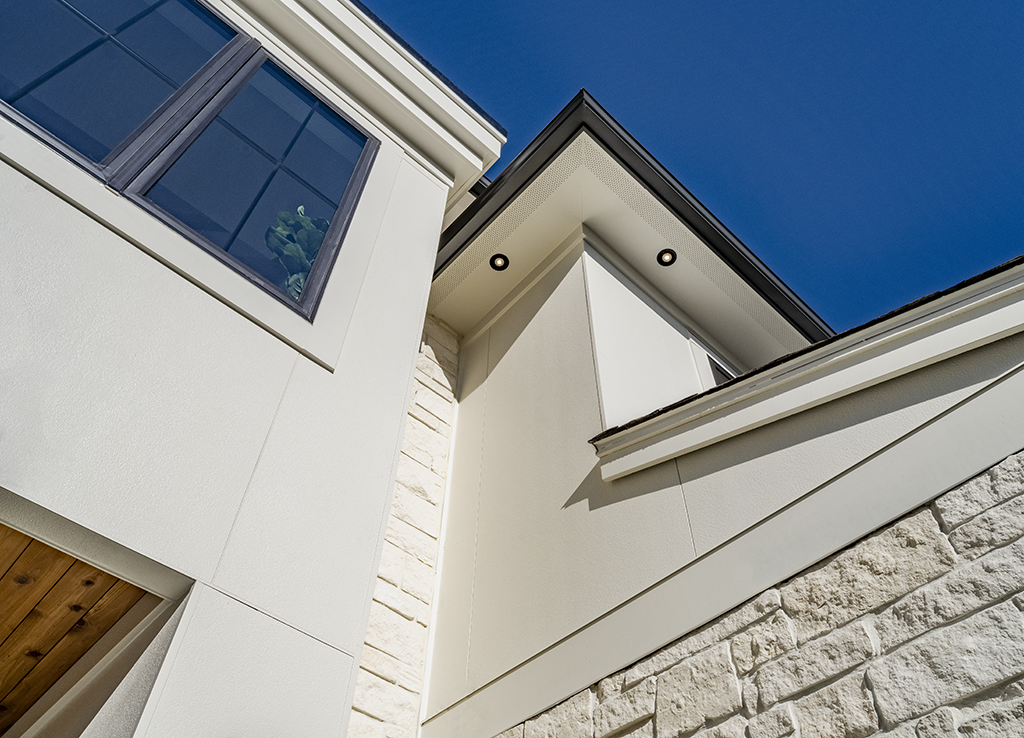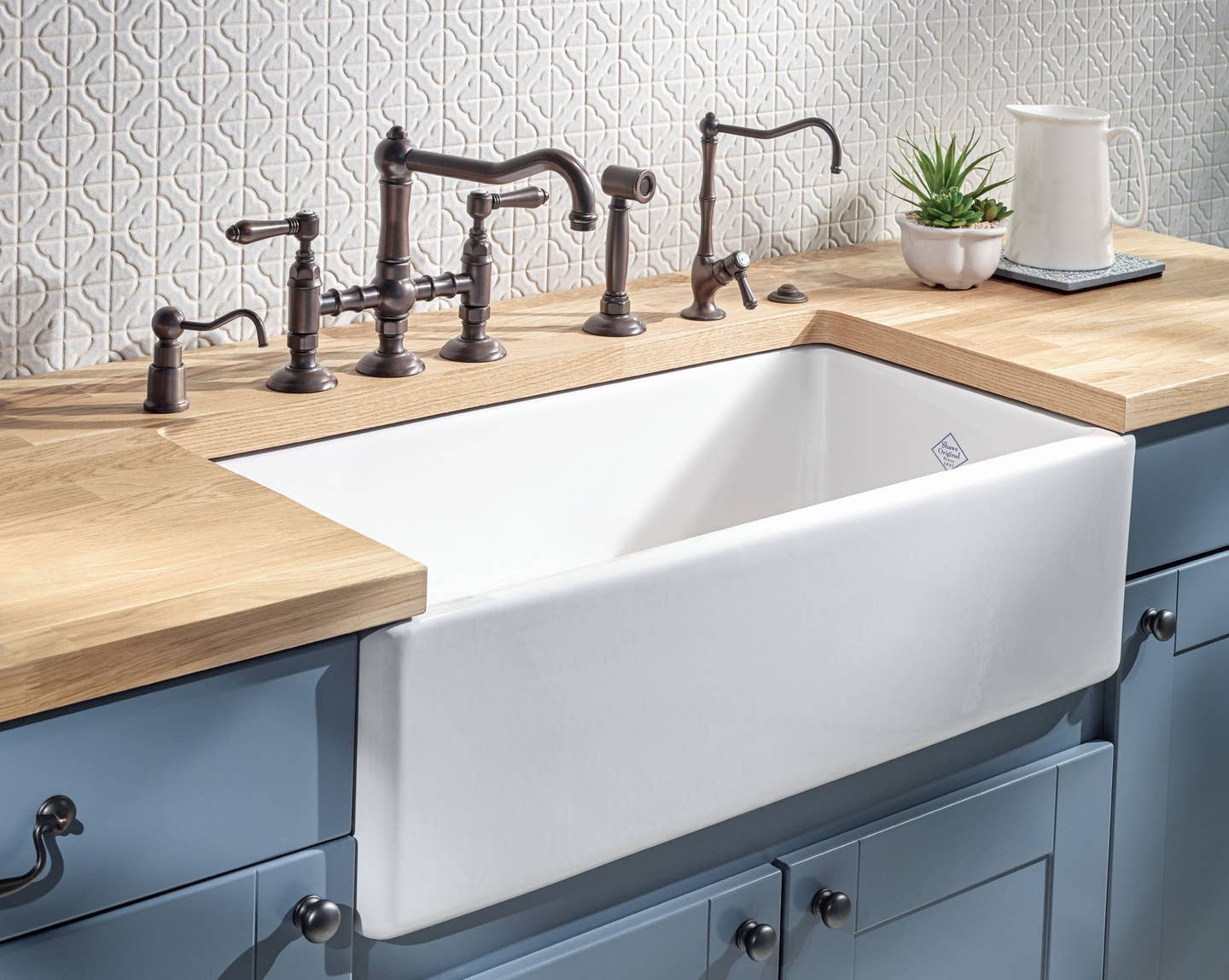
Product Reports
Period Kitchen & Bath Fixtures
Kitchen and bath fixtures for most people mean the shine and splash of faucets, spouts, and shower heads, but in period-style houses the creativity and beauty doesn’t stop there. Generations of practical experience have shaped traditional forms and materials into an inventive variety of sinks, lavatories, and hardware, especially when spec’d for the house at hand by longtime suppliers.
Sinks in early kitchens, for example, were site-made as simple wood or metal-lined basins, but once real plumbing trickled in they faced leaks and corrosion. Thick slabs of soapstone or slate, neither porous nor staining, performed better so in the 1890s plumbing purveyors offered pages of boxy stone sinks showing high backs and broad fronts not unlike their wooden kin. By the 1910s, however, hard-to-clean inside corners and joints reduced stone use to laundry tubs as homeowners sought seamless sinks with rounded corners and edges in solid ceramics, such as porcelain or earthenware.
Solid ceramic kitchen sinks were all but washed away by cheaper porcelain-enameled cast-iron in the 1930s, but they resurfaced in the 1990s as a canny complement with period-style kitchens, especially from some original manufacturers “Founded in 1897, Shaws of Darwen, England is the originator of the farmhouse sink,” explains Greg Rohl, VP of marketing at ROHL LLC in Irvine, California, which introduced all-ceramic, fireclay sinks to the U.S. in 1997. “When these sinks were first designed, they were functional (for hospitals and health care institutions, due to the sanitary nature of the smooth glazes), but then became popular in the back-of-the-house butler’s areas and kitchens of fine, stately homes around the UK and America.” Rohl points to TVs Downton Abbey as an illustration, and says there’s a beautiful Shaws sink still in use in the 1914 Pittock Mansion in Portland, Oregon.
Unlike porcelain-coated sinks that expose underlying cast-iron when chipped, all Shaws Farmhouse Sinks are made from fireclay, which is heavy ball clay and glaze heated to extremely high temperatures until they fuse into a new material. “It takes time to hand-make Shaws sinks,” says Rohl, “between three and four weeks in total.” Known as slip-casting, the process begins by pouring a mixture of locally sourced clay and water into porous molds. When the newly formed sinks are dry enough, they are removed, then hand-finished to a smooth surface though sponging and fettling to clean up mold marks. After applying two coats of glaze, the sinks are fired in specially designed kilns at over 1200 degrees Celsius, transforming the clay into fireclay, which resists cracking, chipping, and staining.
Since each Shaws sink is made individually by hand, no two sinks are precisely alike and need to be inspected upon delivery as well as installed properly. “The sides and top of the sink should be square within the 2 percent tolerance,” says Rohl, “and the installation should be for new construction only to hold a 190-lb. sink and water, with the support frame or base designed to support the sink on the sides and the back.” The sinks are made in one- and two-bowl versions, as well as a selection of traditional front styles, such as apron and bow, for applications from kitchens to pantries and more.
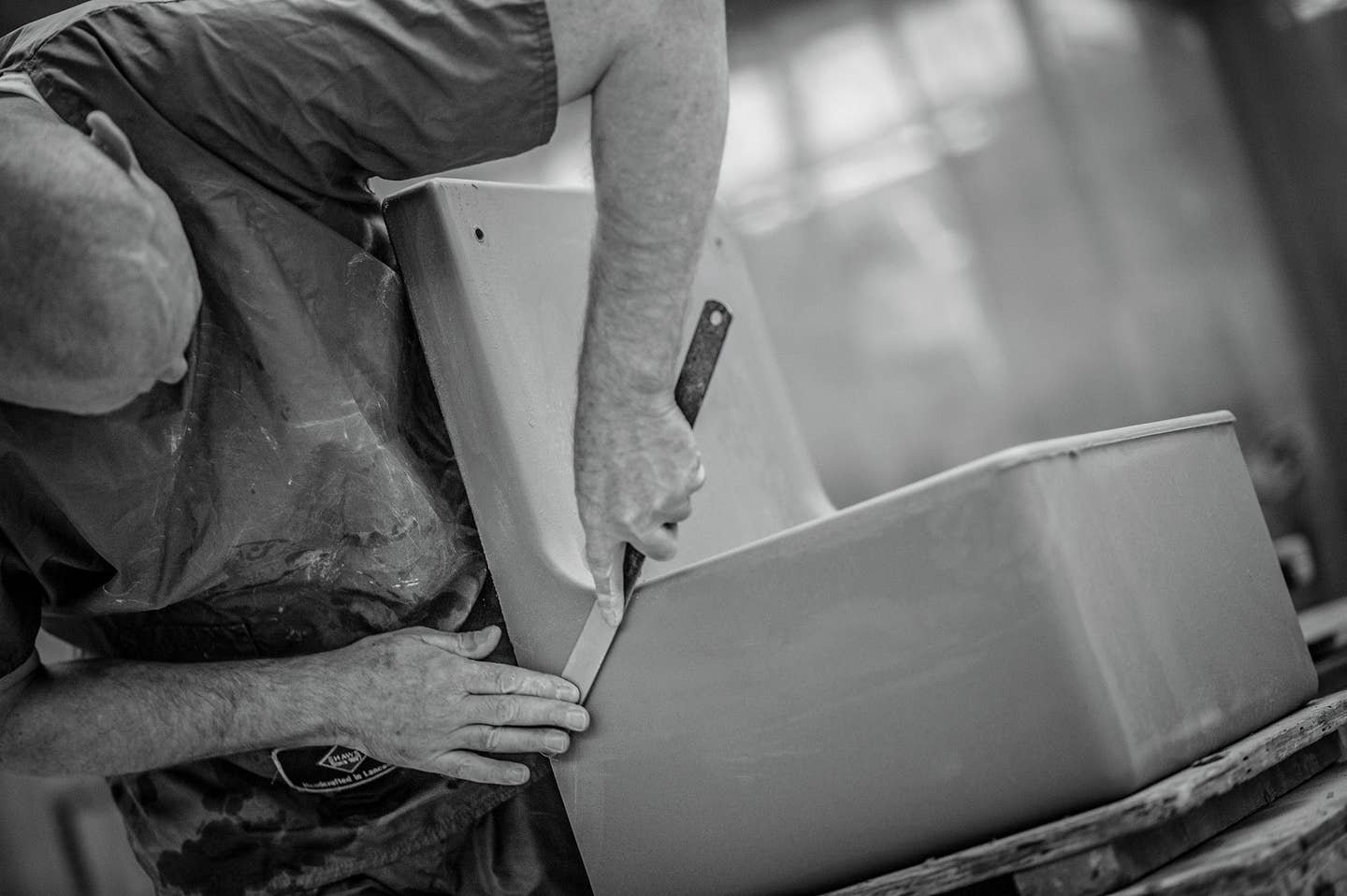
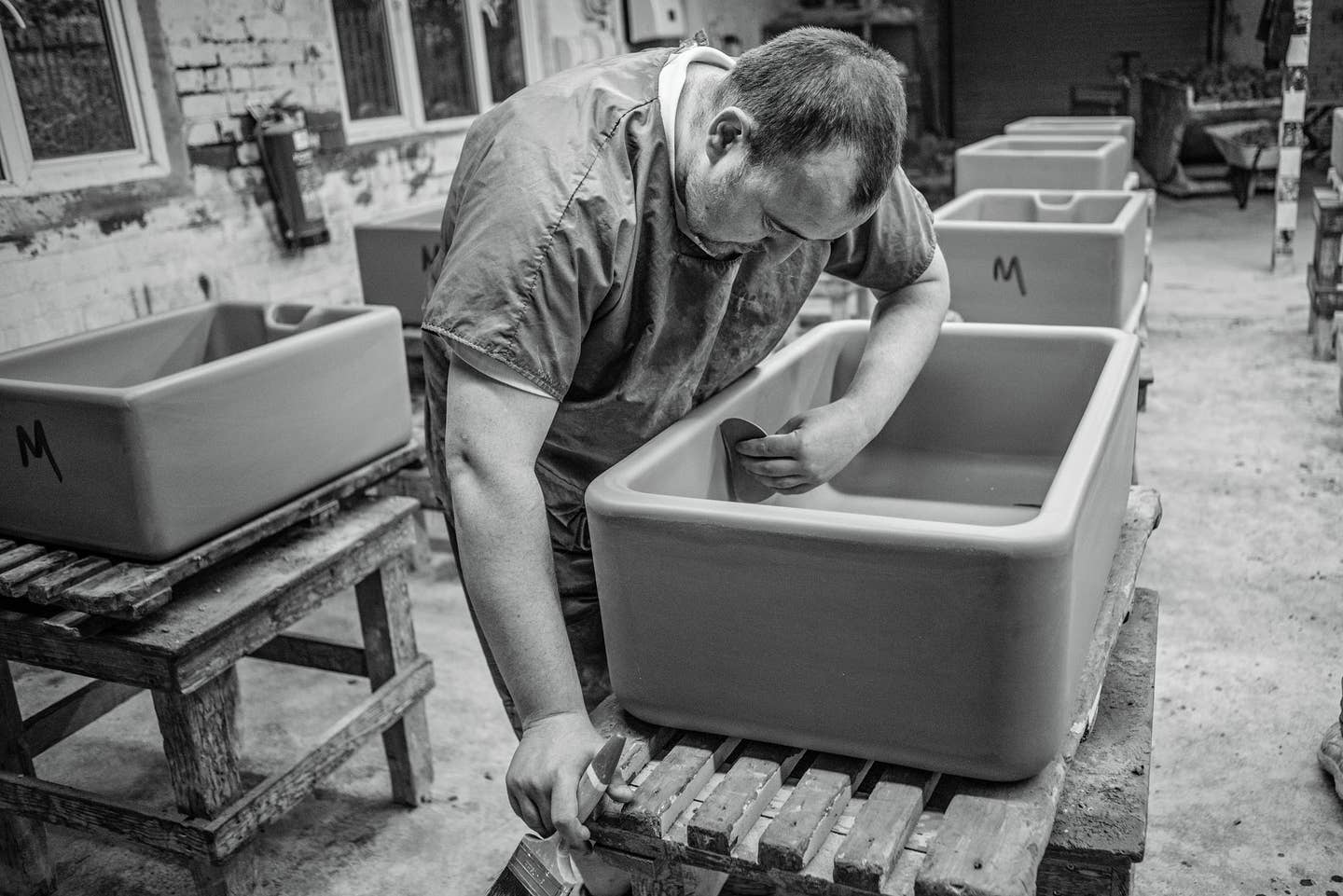
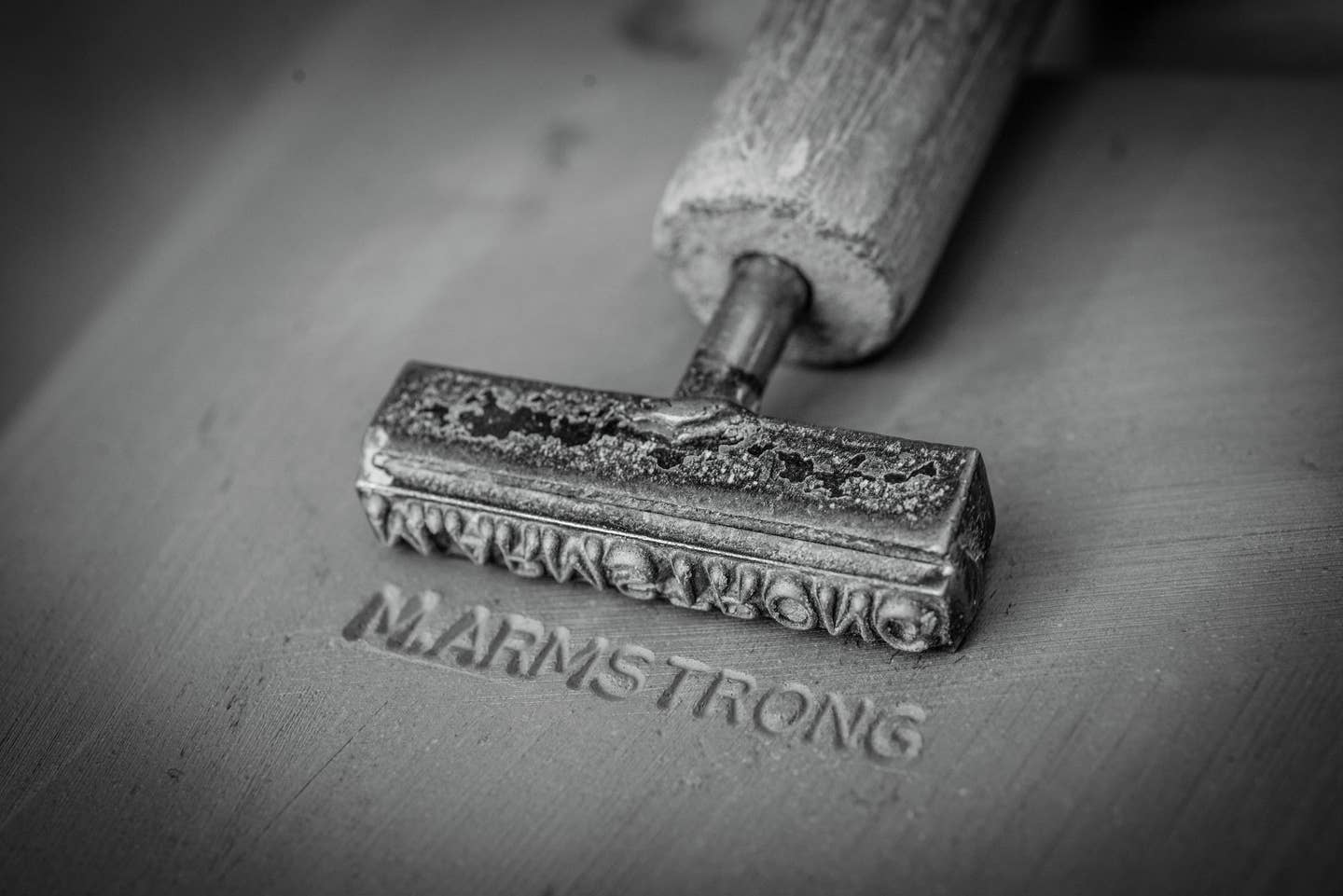
Bathrooms too are not the same without sinks—or more properly lavatories—and here ceramics have always held their own for beauty as well as utility. Whether called wash basins or simply bowls, porcelain versions in round or oval styles were common in plumbing fixture catalogs by the 1880s, and often adorned with artistic embossing on the outside or colorful bands on the inside. “We have over 20 different designs in our catalog,” reports Martin Gruber, manager at P.E. Guerin in New York, which has been making decorative hardware and plumbing parts since 1857, “but customers can also get their own designs made into the bowl.” He says the process starts with a sample tile made up for color that, when approved by the client, they send out to a ceramicist who does glazes for the company.
Metal basins—often copper—have been in baths since the beginning too, as P.E. Guerin can attest. “We have both porcelain and metal bowls,” says Gruber, “and the metals generally come either plain or hammered.” A century ago, round or square metal basins were recommended for pantries – square being easier on stacked dishes—and that specialization still continues. “Porcelain basins are typically always in bathrooms,” says Gruber, “while metal basins sometimes appear in bathrooms or powder rooms, but very often in bars as well.” The choice he says depends upon the style that the designer or architect is seeking, but space is a factor too. “Generally, a really small space needs a really small bowl, and a larger space permits the largest bowl, but we offer a number of other shapes and styles of porcelain that are not in the catalog.”
Wash basins do not exist in vacuum, so to speak, and it follows naturally that the company has long offered supporting hardware—quite literally. “We have a couple of legs online that can be used for vanities,” says Gruber, referring to metal legs made specifically for attaching to, say, a marble slab to assemble a vanity, “and others in the back of the catalog that you can put on tables—some stock and some made-to-order.” The turnaround on stock legs, he says, is comparatively fast. “We make them up each time to the height the customer needs for their bathroom vanity, and they can be ordered, within reason, to pretty much any height desired—either by cutting down or extending the foot at the bottom.”
Bath and kitchen hardware means more than fittings for water however. “We have an extremely large selection of bath accessories,” says Gruber, “everything from towel bars to robe hooks to shelves to soap dishes.” As an example, their catalog shows an ornate Acanthus pull-out garment hanger with matching shower rod and wall-mount grab bar. “We have a stock line of material, and we have made-to-order line,” he notes. “We plate the material to order, so the lead time on the stock line is from four to eight weeks; since made-to-order material is all custom by hand, it takes longer.”
Gruber explains that P.E.Guerin retains all of their casting patterns (the positives for molds) going back generations. “Sometimes people come in with a picture, or they will have gone to some old house on a tour, and they’ll ask “Do you have this?’” Inventory is not the issue then, because with the patterns, they can make a mold in sand and then pour it in metal. “Everything and anything that we ever made, we have a selection of it—and if the client doesn’t see something they like, we’ll make it.”
What’s more, the value of a venerable manufacturer is not only in the decades-long expanse of their historic designs but even more so the depth of their experience. “We sell a lot of cabinet and vanity hardware, and parts for mirrors and the like,” says Rhett Butler, principal at E.R. Butler in New York, “but we also do regular custom work because many architects like to have something special.” He says the process often starts with a concept that the client wants to see, but they then have to bring into reality. “I can’t stress enough how important it is to take into account the actual functionality of the hardware that you design or use for a kitchen or bath.”
The first thing to remember, he says, is that kitchens and baths are wet environments. “You really have to be careful about what finishes to consider. Certainly, any brass- or copper-type finishes don’t usually do well in a kitchen or bath because they tend to oxidize far more quickly than, say, a stainless or a nickel finish.” He adds that chrome, once very popular, is problematic in today’s world. “It’s a heavy metal and lot more people are aware that it’s quite toxic.”
Butler explains he also encourages staying away from pulls with sharp corners. “For example, sometimes people want to have pulls that look like twigs.” That’s not such a great idea he says because, in a kitchen, you’re constantly working up against the counter, moving back and forth while cooking or preparing. “If you have something sharp or protruding, that’s going to catch your apron or pants pocket and rip it.” This is less of a concern in other parts of the house, but in a kitchen there’s almost never-ending contact with the hardware. “You’d be surprised at how many people say, ‘Oh, but that piece is pretty,’ yet they’re looking at the hardware completely out of context.
Butler says they get calls for a lot of towel bars, bin pulls, cabinet pulls, and flush pulls too. “Flush is always great but, again, your hands are going to be wet, so you want something that’s going to be functional in a way that is more than just the aesthetics.” Bin pulls appear in a lot of period house projects, but he says they’re not the majority of what he sells for kitchens. “I think that has to do with the fact that, while they’re very soft on the outside, if your hands are inside and underneath this cup often, and they’ve got cooking ingredients on them, now you’re pushing that material up inside.”
He says they also do a lot of custom pieces for kitchens that are like pulls that get extended for the width or the length of a feature. “Imagine you’ve got a whole kitchen full of drawers all over the place. We make the pulls so they’re long enough to be the full width of the drawer, and then as you go to the drawer next to that, the bar continues—except that it’s a separate bar at this point. So as you look across the entire length of the kitchen, basically you’ve got this railing that is the bar pull, but in multiple custom lengths that makes it all sort of run together.” The effect is almost like a railing. The pull becomes multipurpose: a place to hang a towel as well as to grasp.
Butler reports edge pulls are popular as well. “They work almost the same way as the bar pull that I just described. They’re very low profile, very simple and easy to use, and highly functional. An edge pull is grasped in same sense as a cup or bin pull, but it’s extruded over a counter length so it provides more accessibility to open things—not just at a single point.” When practical design is boiled down to its essence, however, it leads to some familiar solutions. “Because it’s easy to grab, but also kind of smooth, there’s nothing more basic and functional for drawers and overhead doors than just having a rather plain cabinet knob—something round, something simple.”
Gordon Bock, co-author of The Vintage House (www.vintagehousebook.com), is an in-demand speaker for courses, seminars, and keynote addresses through www.gordonbock.com.




